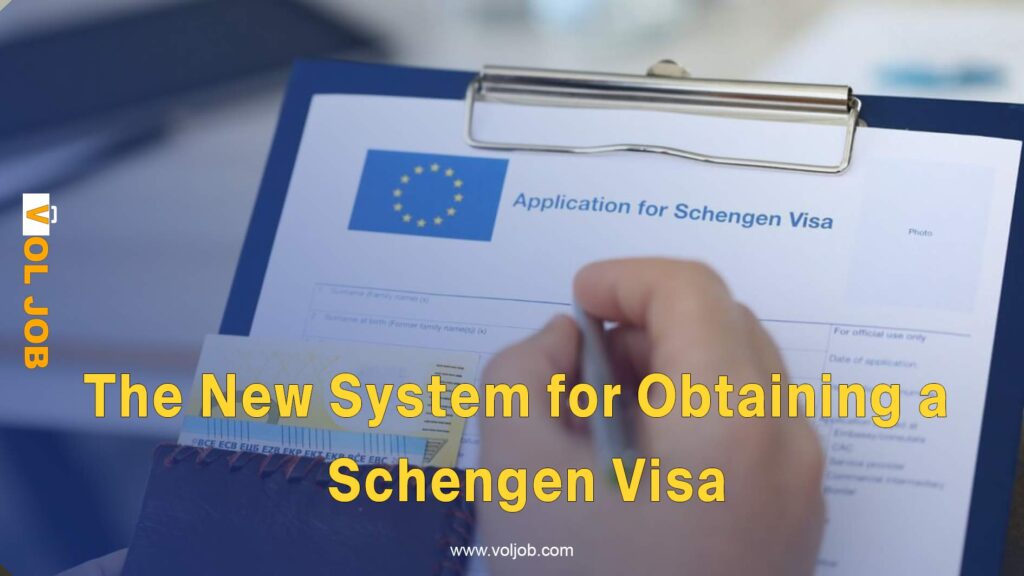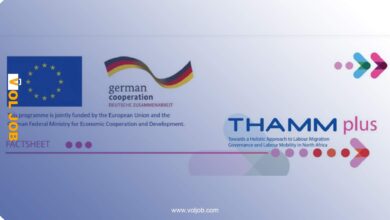Schengen Visa 2026 – Important Changes You Must Know About the New System
Europe Welcomes the Era of the Fully Digital Schengen Visa
In a historic step aimed at facilitating travel and promoting digital transformation, European Union foreign ministers have approved a new system that allows for completely electronic applications for Schengen visas. This decision represents a qualitative leap in European travel policies, as travelers will bid farewell to complex paperwork and the need to visit consulates.

Streamlining Procedures and Enhancing the Traveler Experience
Spanish Interior Minister Fernando Grande-Marlaska, whose country currently holds the rotating EU presidency, stated that the new digital system will make the visa acquisition process “easier, faster, and more transparent.” This step comes after lengthy negotiations within EU institutions, with the goal of modernizing the visa system to keep pace with global technological developments.
Key Features of the New System:
- Unified Electronic Platform: Travelers will be able to submit their applications, upload all required documents, and pay fees through a single digital platform.
- Farewell to Passport Stickers: The traditional visa sticker will be replaced by an encrypted, digitally-signed barcode that travelers can print or save on their phones.
- No Need to Visit Consulates: Applicants will no longer need to book appointments at consulates or service centers to submit their applications, saving time and effort.
Expanding Digitalization to Enhance Border Security
The Schengen area currently includes 23 out of 27 EU member states, in addition to Switzerland, Norway, Iceland, and Liechtenstein. The new digital system is expected to enter into force three weeks after its publication in the Official Journal of the European Union.
Alongside facilitating visa procedures, the European Union is working to strengthen its border security through the implementation of other integrated digital systems:
- European Travel Information and Authorization System (ETIAS): Citizens of more than 60 countries, currently exempt from Schengen visas for short visits, will be subject to this electronic system to obtain advance travel authorization, similar to the American “ESTA” system.
- European Entry/Exit System (EES): This automated system will record entry and exit data for all visitors from outside the European Union, including fingerprints and biometric photos, to monitor overstays and enhance security.
Conclusion of the New System for Obtaining a Schengen Visa
The shift toward complete digitalization of the Schengen visa represents a strategic step for the European Union toward modernizing immigration and travel systems, ensuring more efficient and secure border management while simultaneously facilitating the movement of travelers around the world.
Read Also: Registration in the THAMM Plus Program in Germany – Bakery and Sales




